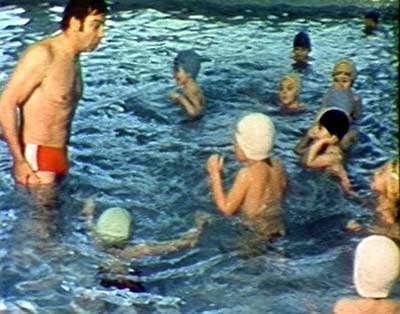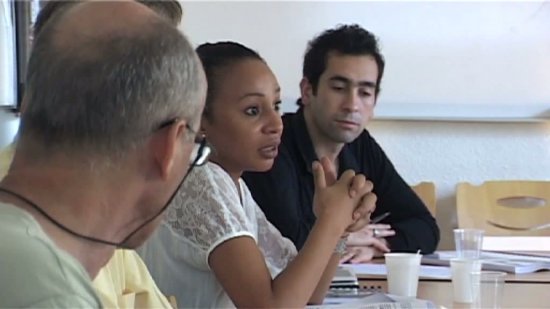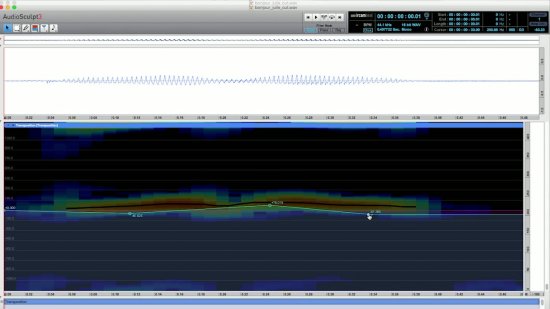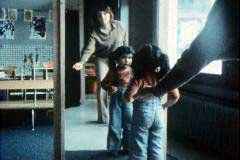Only available for non-commercial distribution
© CNRS Images - 2016
Reference
4898
Treating phobias with virtual reality
Phobias are common anxiety disorders which may heavily impact the quality of life of affected people. At the Institute of movement in Marseille, researchers are working on demonstrating the benefits of virtual reality in the treatment of these excessive fears.
For a long time, physicians have been using behavioural and cognitive approaches to treat phobias. The principle used here is to expose patients gradually to phobogenic stimulation. However, in the case of some spatial phobias, anxiety-inducing situations are difficult to recreate and monitor in real life. Virtual reality therapies may become a valid alternative by placing a patient in the middle of a virtual environment that is as realistic as possible. This is why an interdisciplinary team of researchers developed an experimental setup called CAVE. This consists of a room with four screens, where all the patient's senses are stimulated. With the assistance of a psychologist, the patient is then gradually exposed to his fear and instructed on how to try to cope with it.
Duration
Production year
Définition
Color
Sound
Version(s)
Original material
The use of media visible on the CNRS Images Platform can be granted on request. Any reproduction or representation is forbidden without prior authorization from CNRS Images (except for resources under Creative Commons license).
No modification of an image may be made without the prior consent of CNRS Images.
No use of an image for advertising purposes or distribution to a third party may be made without the prior agreement of CNRS Images.
For more information, please consult our general conditions









